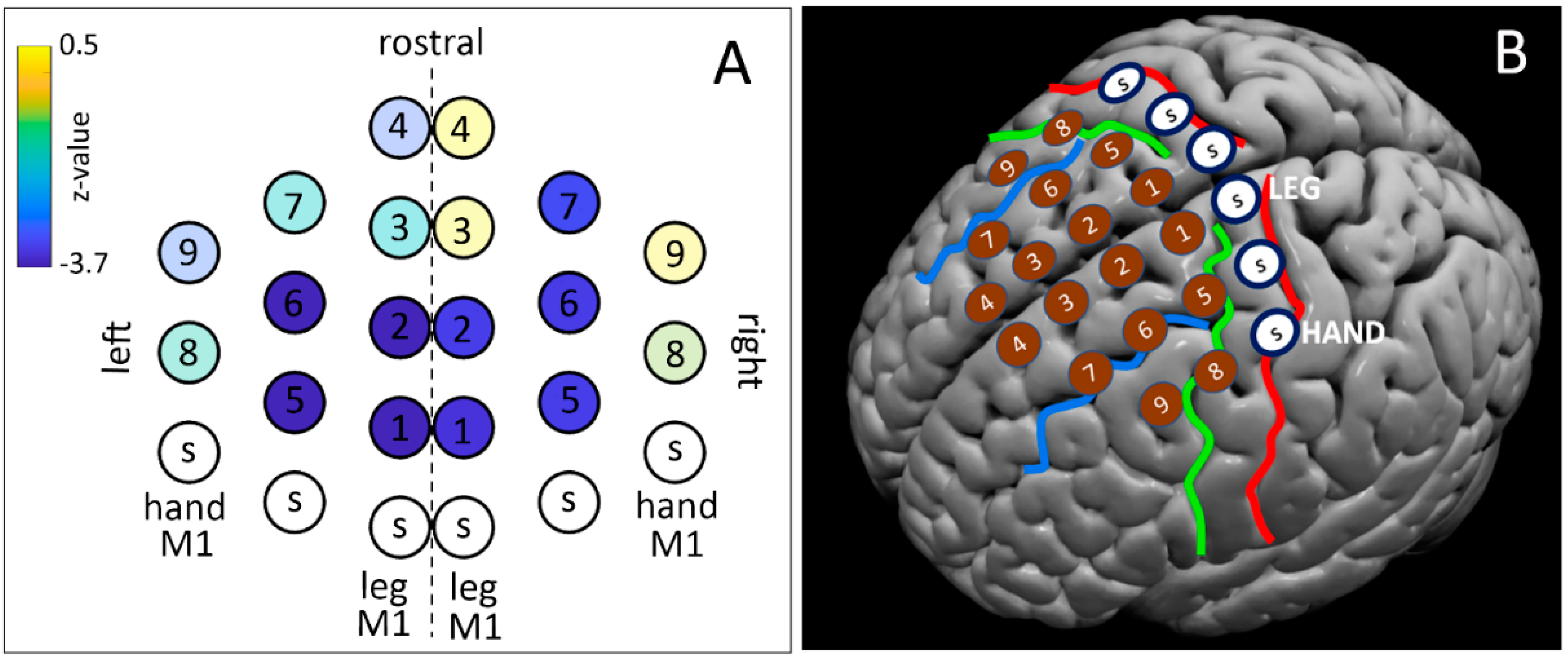

The motor signs resembled those caused by lesions of the red nucleus. Results: Four of the 25 patients experienced reversible acute diplopia, with dystonic posture and tremor in the contralateral upper limb when the white matter between the red nucleus and the substantia nigra was stimulated. Methods: Postoperative evaluation of quadripolar electrodes implanted in the area of the subthalamic nucleus of 25 patients with Parkinson's disease (PD) successfully treated by HFS. Together, these results suggest that sustained synchronisation of STN neurons to premotor-cortical beta oscillations play an important role in disrupting the normal coding of movement in PD.Objective: To describe a reversible neurological condition resembling a crossed midbrain syndrome resulting from high frequency stimulation (HFS) in the midbrain. The strength of synchronisation between STN units and midline EEG in the high beta range (25–35 Hz) correlated positively with the severity of akinetic-rigid motor symptoms across patients. In contrast, most STN neurons desynchronised from lateral EEG signals (over primary motor cortices) during movement and those that did not had altered phase relations to the cortical signals. STN neurons lagged cortical signals recorded over midline (over premotor cortices) and frontal (over prefrontal cortices) with stable time delays, consistent with strong corticosubthalamic drive, and many neurons maintained these dynamics during movement. Here, we examined the dynamics of synchronisation between STN LFPs and units with multiple cortical areas, measured using frontal ECoG, midline EEG and lateral EEG, during rest and movement. For this cortico-subthalamic oscillatory drive to be mechanistically important, it must influence the firing of STN neurons and, consequently, their downstream targets. Pathological synchronisation of beta frequency (12–35 Hz) oscillations between the subthalamic nucleus (STN) and cerebral cortex is thought to contribute to motor impairment in Parkinson's disease (PD).


 0 kommentar(er)
0 kommentar(er)
